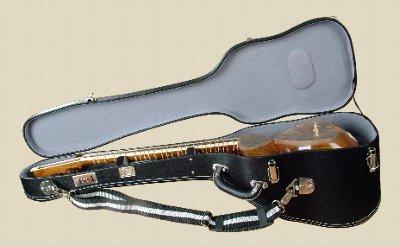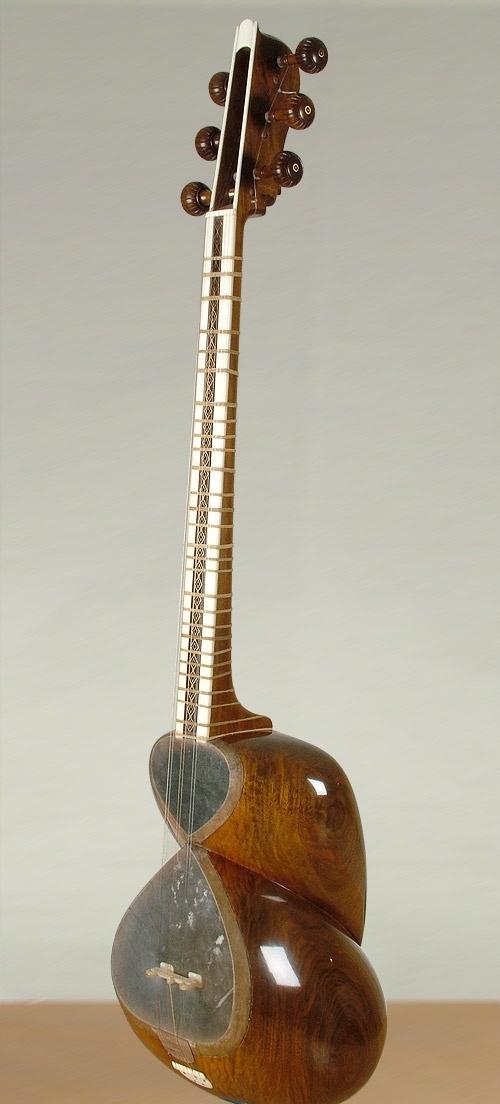
Iranians consider Tar the "sultan of instruments." Its present form was developed in 18th century and has been the choice of Persian classical masters since.
It has a double-bowl body of mulberry or walnut wood with a lambskin face. The fingerboard has 28 frets and the three double strings are played with a plectrum made of brass and honeycomb.
The long and narrow neck has a flat fingerboard running level to the membrane and ends in an elaborate box with six wooden pegs of different dimensions. It has three courses of double "singing" strings (each pair tuned in unison: the first two courses in plain steel, the third in wound copper), that are tuned in fourths (C, G, C) plus one "flying" bass string (wound in copper and tuned in G (an octave lower than the singing middle course) that runs outside the fingerboard and passes over an extension of the nut.
There are also two pairs of shorter sympathetic strings that run under the bass and over two small copper bridges about midway the upper side of the fingerboard: their tuning is variable according to the piece to be played and with the performer's tastes.
Tar is a plucking instrument with 3 sets of strings.
The main parts of Tar are:
- body can be made of walnut or mulberry
- neck made of waulnut wood
- fingerboard made of two rows of camel bone and inbetween a row of Areca wood
- tuning pegs made of walnut wood
- soundboard made of lambskin
Tar pick is made of brass and/or horn and at the grip end is in the honeycomb.
Sound scale of Tar is 2.5 octave.

The Tar Sizes are:
1.the classic model 4/4
2.¾ model
3.½ model
In the pictures below you can see the differences:
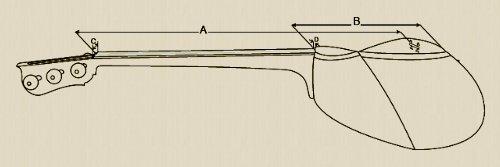
Sizes By Millimetre
A B C D
Classic 4/4 660 260 33 38
¾ model 610 240 31.5 36
1/2 model 535 220 30 34
Ordering options:
1. 3octave Tar with extended finger board over the soundboard
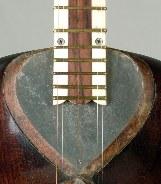

2. With permanent frets
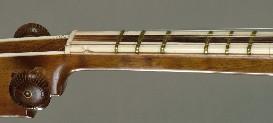
3. Inlay on woods decorations on the fingerboard
![]()
4. Walnut and/or mulberry wood
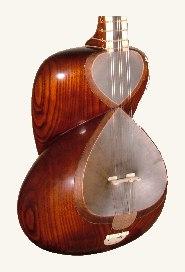
Included:
1. Hardcase
2. Pick
3. One set of strings
